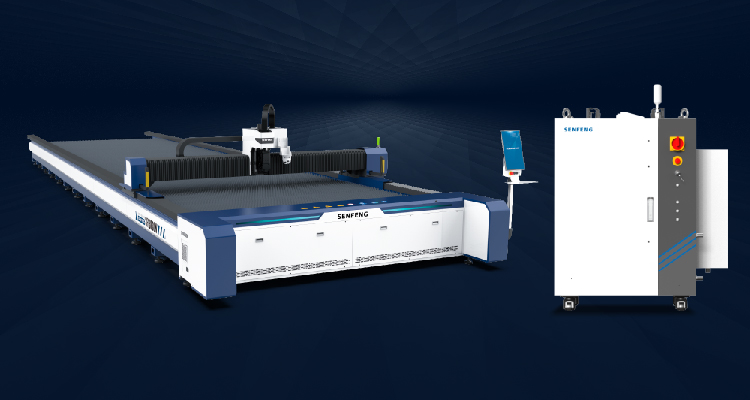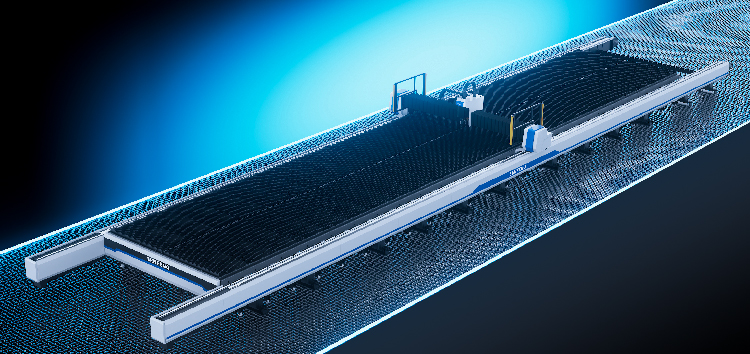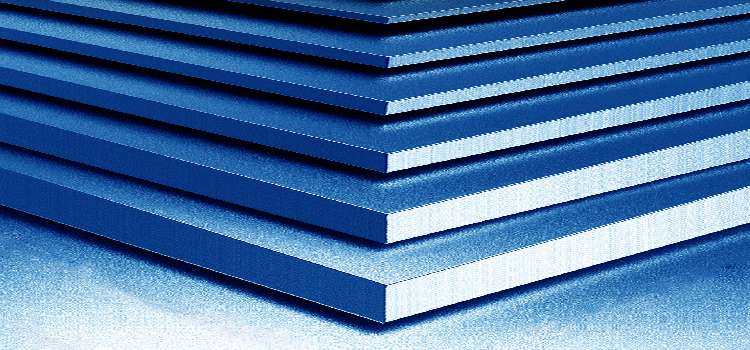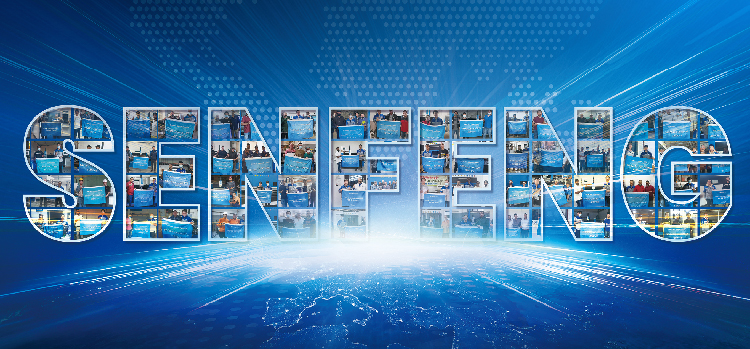Laser cutting machines have emerged as indispensable tools in modern manufacturing and played a crucial role in industries such as metal fabrication, automotive production, aerospace and more. As these machines are central to precision cutting and high-efficiency production, understanding factors that affect their pricing is vital for businesses and individuals looking to invest in this technology. This article will delve into 5 main factors that affect the selling price of laser cutting machines and offer insights to help potential buyers make informed decisions.
1. Lasers Type and Laser Power
The lasers is the heart of laser cutting machine and one of primary factors that determine the machine’s price. There are several types of lasers commonly used in these machines, including fiber lasers, CO2 lasers and solid-state lasers. Each type has its own set of characteristics, advantages and prices. For instance, fiber lasers are highly efficient, lower in maintenance costs and can offer a longer lifespan compared to CO2 lasers, which makes them more expensive. However, fiber lasers are also more suitable for cutting metals, which may justify the higher cost for certain applications.
Laser power of the lasers is another critical factor. The higher-power lasers enable the faster cutting speed and higher ability to cut through thicker materials, but they also come at a higher costs. For example, a 1500W fiber laser cutting machine might be sufficient for cutting thin metals and can cost thousands dollars, while a 6000W or higher machine, capable of cutting thicker materials at greater speed, could cost upwards of hundreds of thousands of dollars. Therefore, the required power level for your specific application will significantly affect the overall selling price.

2. Material Type and Thickness
Another factor lies in materials type and their thicknesses that laser cutting machine can handle. Different materials require different lasers and laser powers. For example, cutting metal usually requires higher power than cutting non-metals, which can practically affect the machine’s price. A laser cutting machine handling with various materials, such as metals, plastics and composites, will generally be more expensive due to its versatility.
Material thickness is also important. Machines specially designed to cut thicker materials need higher-power lasers and more robust components, which raises the final selling price. A laser cutting machine that can cut 20mm thick steel will be surely more expensive than that limited to cutting 6mm thickness. Therefore, you should carefully consider the specific materials and thicknesses you plan to work with before making decision.

3. Machine Configuration and Features
The configuration and features of a laser cutting machine decides its selling price. High-end machines often come equipped with intelligent control systems, fully-/semi-automatic loading and unloading devices, precision servo motors and high-efficient cooling system, all of which may certainly put up the final price.
Besides these configurations, additional features like autofocus function, intelligent obstacle avoidance and automatic edge detection are typically more expensive than those with basic cutting functions. These advanced features can enhance productivity, improve cutting precision and reduce downtime, making them highly desirable for companies involved in precision manufacturing or large-scale production.
Even so, when considering price, it’s essential to assess which features are necessary for your work and whether the additional costs of these advanced features will bring a return on investment through improved efficiency and product quality.

4. Company Brand and After-Sales Service
The brand of laser cutting machine is another major factor. The well-established brands with a reputation for high-quality products typically charge more. This price premium is justified by the superior machine quality, reliability and service life. Furthermore, well-known brands have ability to offer intimate after-sales service like installation, training, maintenance and technical support, which adds more value to the machine.
In contrast, lesser-known or emerging brands may offer lower prices, but accompanied by the low-level after-sales support. This could lead to higher long-term costs if the machine needs frequent repairs or if later technical support is absent. Therefore, considering the price shall take into account of the seller’s reputation and after-sales service, as these can significantly impact the overall costs of ownership.

5. Market Demand and Supply
Market demand and supply can also determine the selling price of laser cutting machines. In case of large demand, prices may increase, especially if the supply is limited. Conversely, at period of low demand or when new technologies are introduced, prices may decrease as manufacturers look to clean up inventory or occupy market shares.
Additionally, some economic factors are considerable, such as tariffs, raw material costs and currency fluctuation. For example, when the cost of core components like semiconductors or optical components vary, the final price will change with it. Keeping an eye on market trends and economic factors can provide insights into the best time to purchase a laser cutting machine.
The price of a laser cutting machine is generally affected by a multitude of factors above. When purchasing, it’s crucial to consider all these factors (including but not limited) in relation to your specific work needs and budget. While it might be tempting to choose a machine solely based on price, investing in a machine that offers a good balance of laser power, features and service support will ensure that it meets your actual requirements and delivers long-term lifespan.
